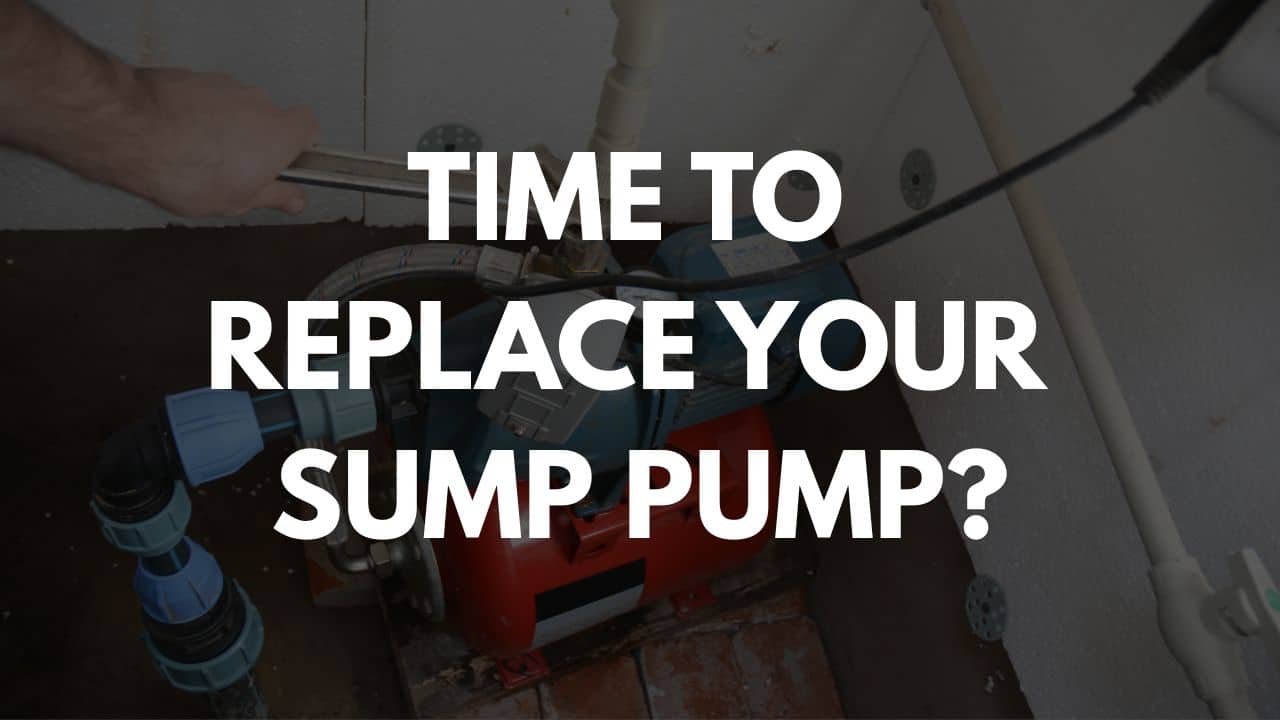When it comes time to pick a sump pump, you’ll quickly run into two main types: pedestal and submersible. They both do the same job—keep your basement dry—but they do it in very different ways.
As a handyman who’s installed and replaced more pumps than I can count, I can tell you: the right choice depends on your budget, your basement setup, and how quiet (or loud) you want your protection to be.
Let’s break down the pros, cons, and best uses for each style so you can make the best decision for your home.
🚧 What’s the Difference?
🧰 Pedestal Sump Pump
- Motor sits above the pit, on a tall column
- Float switch drops down into the pit to activate the pump
- Pump stays dry; only the intake pipe is submerged
🚰 Submersible Sump Pump
- Pump and motor are fully submerged in the sump pit
- Sealed housing protects the electrical components
- Usually sits at the bottom of the basin
✅ Pros and Cons: Pedestal Pumps
✅ Pros:
- Lower cost (typically $80–$200)
- Easier to access for maintenance
- Longer lifespan (10–15 years)
- Doesn’t overheat as easily in dry pits
⛔ Cons:
- Noisier (motor is exposed)
- Takes up more vertical space
- Not ideal for finished basements
- Can be knocked over or misaligned more easily
Best For: Budget-conscious homeowners with an unfinished basement and a narrow sump pit.
✅ Pros and Cons: Submersible Pumps
✅ Pros:
- Much quieter (motor is underwater)
- Handles higher volumes of water
- Sealed design keeps out dust and moisture
- Sits flush in pit—cleaner install
⛔ Cons:
- More expensive ($150–$400+)
- Harder to reach for repairs or cleaning
- Slightly shorter lifespan (7–10 years)
Best For: Homes with finished basements, high water tables, or homeowners who want quiet, efficient performance.
🔍 Head-to-Head Comparison
| Feature | Pedestal Pump | Submersible Pump |
|---|---|---|
| Installation Cost | Lower | Higher |
| Noise Level | Loud | Quiet |
| Maintenance Access | Easy | More involved |
| Lifespan | 10–15 years | 7–10 years |
| Best For | Unfinished basements | Finished basements |
| Debris Handling | Less effective | Better (wider intake) |
| Space Efficiency | Requires vertical room | Compact in pit |
🤔 FAQ: Picking the Right Pump
Q: Can I replace a pedestal with a submersible pump (or vice versa)?
A: Usually yes, as long as your basin is the right size and has proper drainage. Submersibles need a wider pit.
Q: Which one lasts longer?
A: Pedestal pumps typically last longer, but submersibles handle water better and more quietly.
Q: Which is better for backup systems?
A: Submersibles pair better with battery or dual-pump backups due to size and performance.
Q: Are pedestal pumps really that loud?
A: Yes. You’ll hear them click on and hum—especially at night. Submersibles are nearly silent by comparison.
🏡 Final Word
Both pedestal and submersible sump pumps have their place. If you’re looking for economy and ease of maintenance, a pedestal might be right for you. If you want a quieter, cleaner setup with more power and are willing to pay a bit more, go submersible.
Still not sure which to pick? I’m happy to take a look at your setup and recommend the right option for your space and budget.

